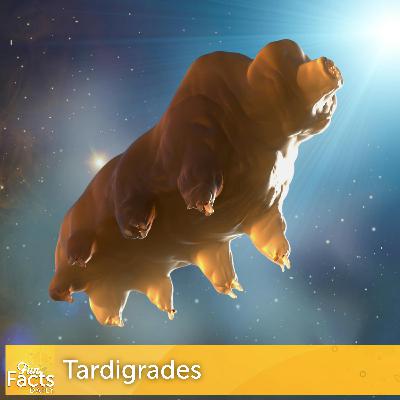Fun Facts About Turtles
Description
Turtles are among the oldest reptile groups on Earth, boasting an evolutionary lineage that predates the T-Rex by millions of years. Their longevity is due in part to their unique skeletal structure; contrary to cartoon logic, a turtle cannot leave its shell. The carapace (top) and plastron (bottom) are fused directly to the rib cage and vertebrae, effectively making the shell a living part of the skeleton. Beyond this armor, turtles possess remarkable biological adaptations, such as the leatherback sea turtle's ability to maintain body heat during ten-thousand-mile migrations and the Fitzroy River turtle’s capacity for cloacal respiration, allowing it to breathe underwater through its rear during hibernation.
Understanding turtle behavior is vital for their continued conservation. Their reproductive cycles are heavily influenced by the environment, with nest temperatures often determining the sex of the hatchlings—a phenomenon known as temperature-dependent sex determination. Socially, these reptiles are far from silent; they communicate via complex chirps and clicks, even coordinating hatching times while still inside the egg. For those encountering turtles in the wild, particularly on roadways, safety is paramount. Moving a turtle in the direction it was already traveling ensures it continues its mission rather than turning back into traffic.
Want to learn about other amazing animals? Check out my Spotify playlist, Fun Facts About Animals
Head over to my website www.funfactsdailypod.com and be sure to listen to my other podcasts Who ARTed: Weekly Art History for All Ages or Art Smart. For family fun, check out my son's podcast Rainbow Puppy Science Lab
Fun Facts Daily is an Airwave Media Podcast. If you are interested in advertising on this or any other Airwave Media show, email: advertising@airwavemedia.com
Learn more about your ad choices. Visit megaphone.fm/adchoices
























